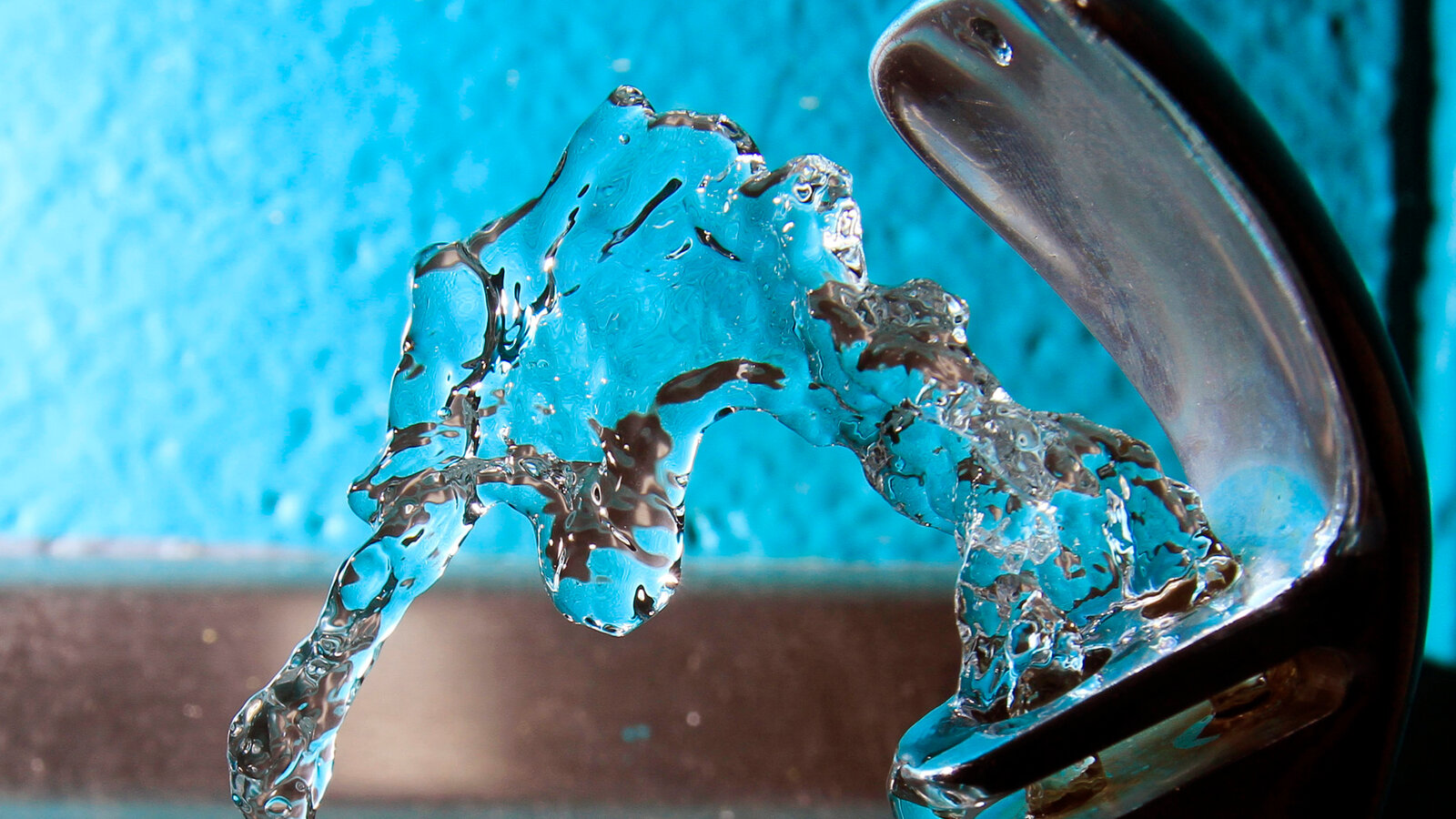Gov. Spencer Cox signs historic legislation restricting water fluoridation, citing public health rights and personal choice.
In a landmark decision that could reshape national health policy, Utah has become the first state in the U.S. to ban the addition of fluoride to public drinking water, a move fueled in part by the growing Make America Healthy Again (MAHA) movement and championed by high-profile figures like Robert F. Kennedy Jr.
Republican Gov. Spencer Cox signed the controversial bill on Thursday, barring cities and communities across Utah from fluoridating their water supplies. The law, which overrides local authority on the matter, will officially take effect on May 7.
Fluoridation is essentially being medicated by the government, Cox stated, reflecting concerns shared by many in Utah’s conservative base.
What Is the MAHA Movement—and Why Is It Gaining Momentum?

At the heart of this shift is the MAHA movement, a wellness-focused political and health campaign that promotes detoxifying America’s health system, improving nutrition, and rejecting what it views as unnecessary or unsafe chemicals in food and water.
RFK Jr., now serving as Secretary of Health and Human Services, is widely regarded as the movement’s father figure and has vowed to end water fluoridation nationwide.
“Fluoride is an industrial waste associated with arthritis, bone fractures, bone cancer, IQ loss, neurodevelopmental disorders and thyroid disease,” Kennedy posted on X in November.
Lawmakers Reject Fluoride as Both Unsafe and Ineffective
Supporters of the Utah ban, including Republican Rep. Stephanie Gricius, argue that fluoride is not only expensive and ineffective but also poses ethical and medical concerns.
“Community water fluoridation and informed consent, which is foundational to good health care, cannot coexist,” said Gricius in an interview.
She emphasized that fluoride is regulated at the federal level as a prescription, making its blanket inclusion in public drinking water problematic.
“I believe strongly in individual choice when it comes to what prescriptions we put into our bodies.”
Gricius pointed out that only two of Utah’s 29 counties fluoridate their water. In a sample of more than 70,000 children, no meaningful difference was found in dental decay rates between those counties and those that do not fluoridate.
“In fact, the county with the lowest amount of decay does not add fluoride,” she added.
CDC and ADA Push Back: “Wanton Disregard” for Dental Health

Despite the growing anti-fluoride sentiment, the Centers for Disease Control and Prevention (CDC) continues to endorse the practice, claiming that fluoride strengthens teeth and helps prevent cavities by replenishing minerals lost through wear and tear.
The American Dental Association (ADA) issued a scathing statement following the Utah bill’s signing, calling it a threat to public health.
The move shows “wanton disregard for the oral health and well-being of their constituents,” said the ADA. The group also warned that cavities remain the most common chronic disease among children.
National Fallout: Will Other States Follow Utah?
Utah’s decision has already sparked interest in other states. Lawmakers in Ohio, South Carolina, and Florida have proposed similar restrictions on fluoridation, though such bills remain pending.
However, not all states are on board. Legislative efforts to restrict or ban fluoride have failed in New Hampshire, Tennessee, North Dakota, and Kentucky, where a measure to make fluoridation optional stalled in the Senate.
Meanwhile, the debate is intensifying in federal court. In September, a California judge ordered the Environmental Protection Agency (EPA) to revisit its regulation of fluoride due to emerging evidence.
“Indeed, EPA’s own expert agrees that fluoride is hazardous at some level of exposure,” the judge ruled. “And ample evidence establishes that a mother’s exposure to fluoride during pregnancy is associated with IQ decrements in her offspring.”
A National Tipping Point?

The United States has fluoridated its water for nearly 80 years, beginning with Grand Rapids, Michigan, in 1945. Today, over 200 million Americans roughly 75% of the population consume fluoridated water.
That era may soon be drawing to a close. If the MAHA movement and Kennedy’s federal proposal gain traction, the future of fluoridated drinking water could be headed for a seismic shift.
As the battle over fluoride enters a new phase, Utah’s bold step may be remembered as the spark that ignited a national reckoning.



